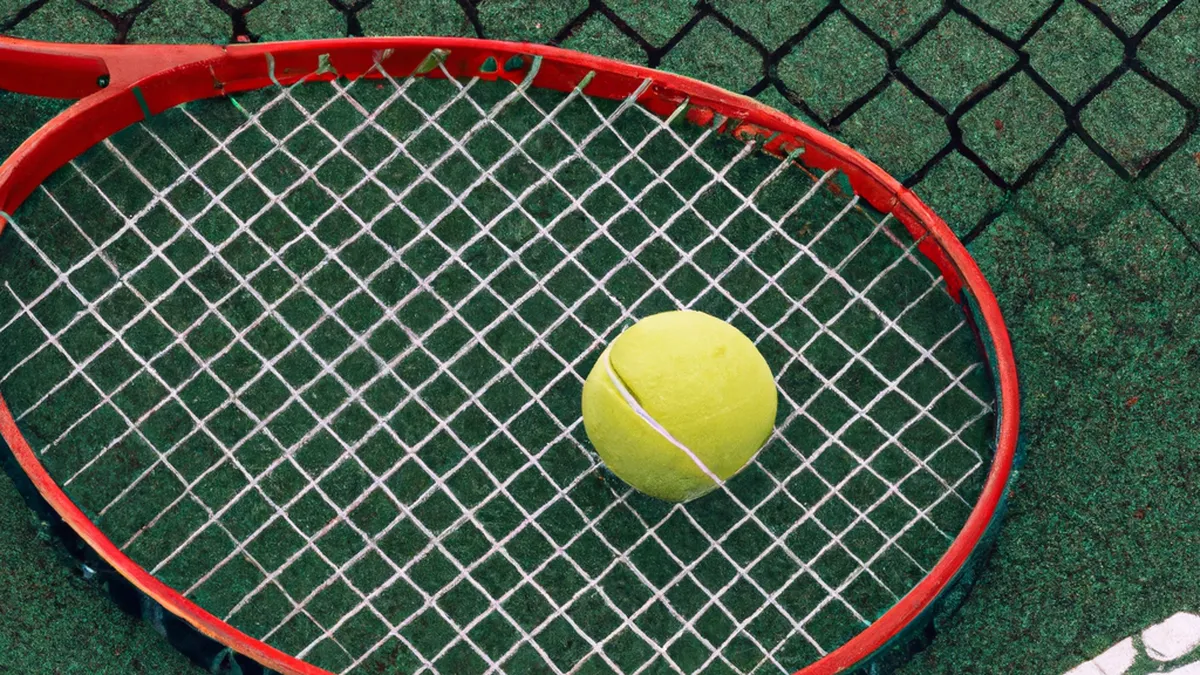Consider These Features for Racquet Selection
Tennis Racquet Selection GuideChoosing the right tennis racquet impacts your game. Selection is vital for beginners and experienced players. With various options available, the features can overwhelm you. However, understanding your playing style, preferences, and technical details simplifies your decision. This guide helps you select a perfect racquet to enhance your performance.
Know Your Playing Style
Before exploring racquet specs, consider your playing style. Are you aggressive, dictating points with powerful shots? Or do you play defensively, focusing on consistency? Knowing your style narrows your choices and ensures you complement your game.
Aggressive Players
Aggressive players hit hard and end points quickly. They should choose racquets that offer control and stability. Heavier racquets with smaller head sizes provide stability for powerful strokes and precise shot placement. Many aggressive players prefer racquets with low flex ratings for enhanced power and control.
Defensive Players
Defensive players prioritize consistency and tactical play. They benefit from lightweight racquets with larger head sizes. These racquets have larger sweet spots, making it easier to return shots. Higher flex ratings enhance feel and comfort, improving maneuverability during fast exchanges.
Understand Racquet Specifications
As an Amazon Associate I earn from qualifying purchases.
Gear tip: consider tennis racket, tennis balls, and overgrip to support this topic.
Once you know your playing style, examine the features and specifications of potential racquets. Key factors include weight, head size, balance, and string pattern.
Weight
Racquet weight affects swing speed, power, and control. Heavier racquets provide more stability and control, allowing for better precision. However, they require strength and technique. Lighter racquets allow faster swings and greater maneuverability, benefiting defensive and net play. Beginners should start with lighter racquets to develop technique.
Head Size
Head size determines the racquet’s power and control. Larger head sizes offer bigger sweet spots, benefiting beginners or inconsistent players. Smaller head sizes provide control and precision but require advanced skills. If you’re starting or want forgiveness on off-center hits, consider a larger head size.
Balance
Racquet balance refers to how weight distributes along the frame.
Conclusion
This guide helps you understand playing styles and racquet specifications. Make informed choices to enhance your tennis performance.
Below are related products based on this post:
FAQ
How does my playing style affect my racquet choice?
Your playing style significantly influences your racquet selection. Aggressive players benefit from heavier racquets that provide control and stability, while defensive players should opt for lighter racquets with larger head sizes to enhance consistency and maneuverability.
What are the key specifications to consider when choosing a racquet?
Key specifications include weight, head size, balance, and string pattern. Each of these factors affects swing speed, power, control, and overall performance, making it essential to match them with your playing style and skill level.
What type of racquet should a beginner use?
Beginners should start with lighter racquets that have larger head sizes. These racquets provide larger sweet spots, which help with off-center hits and allow new players to develop their technique more effectively.















Post Comment